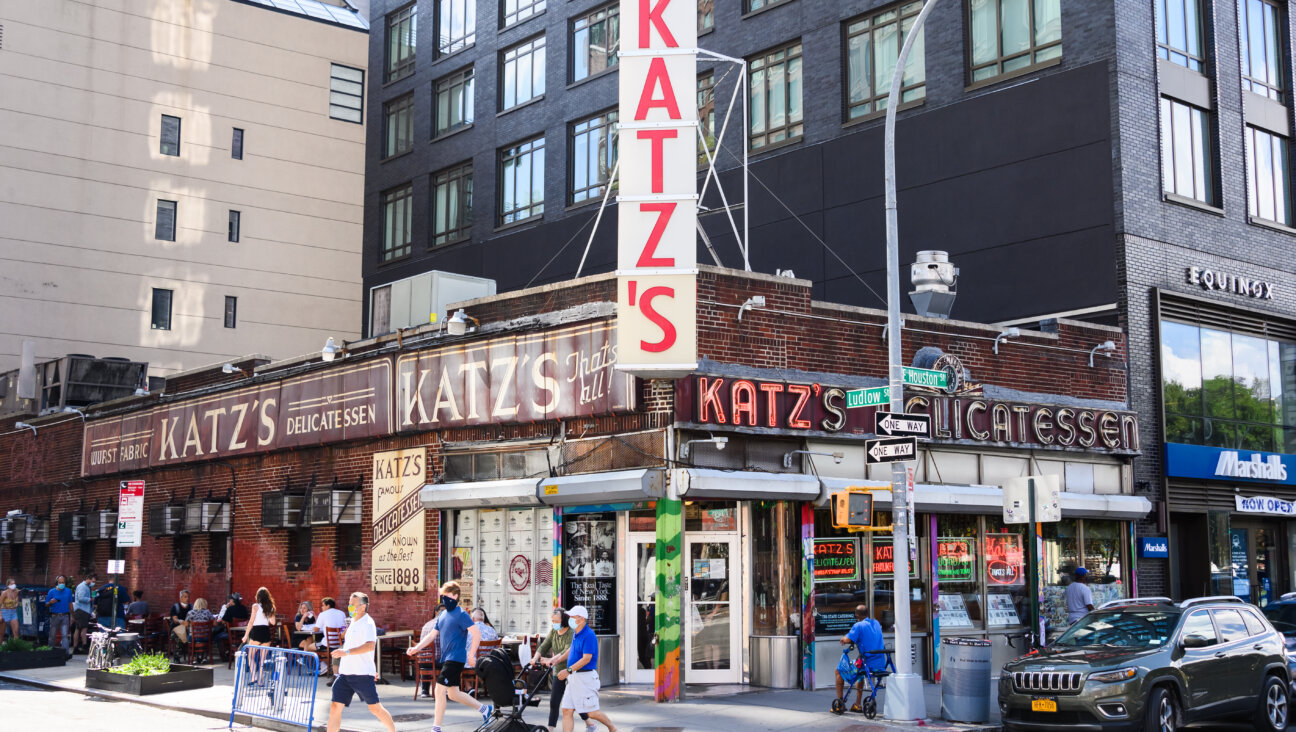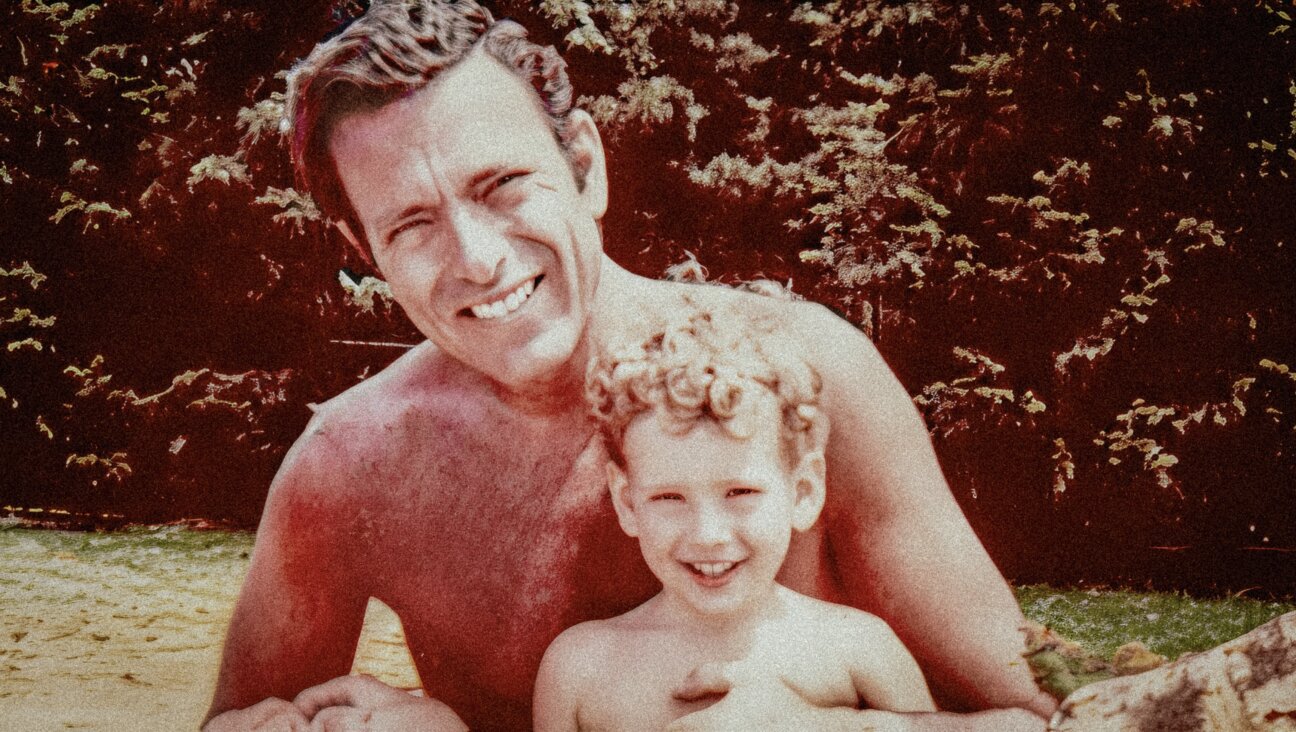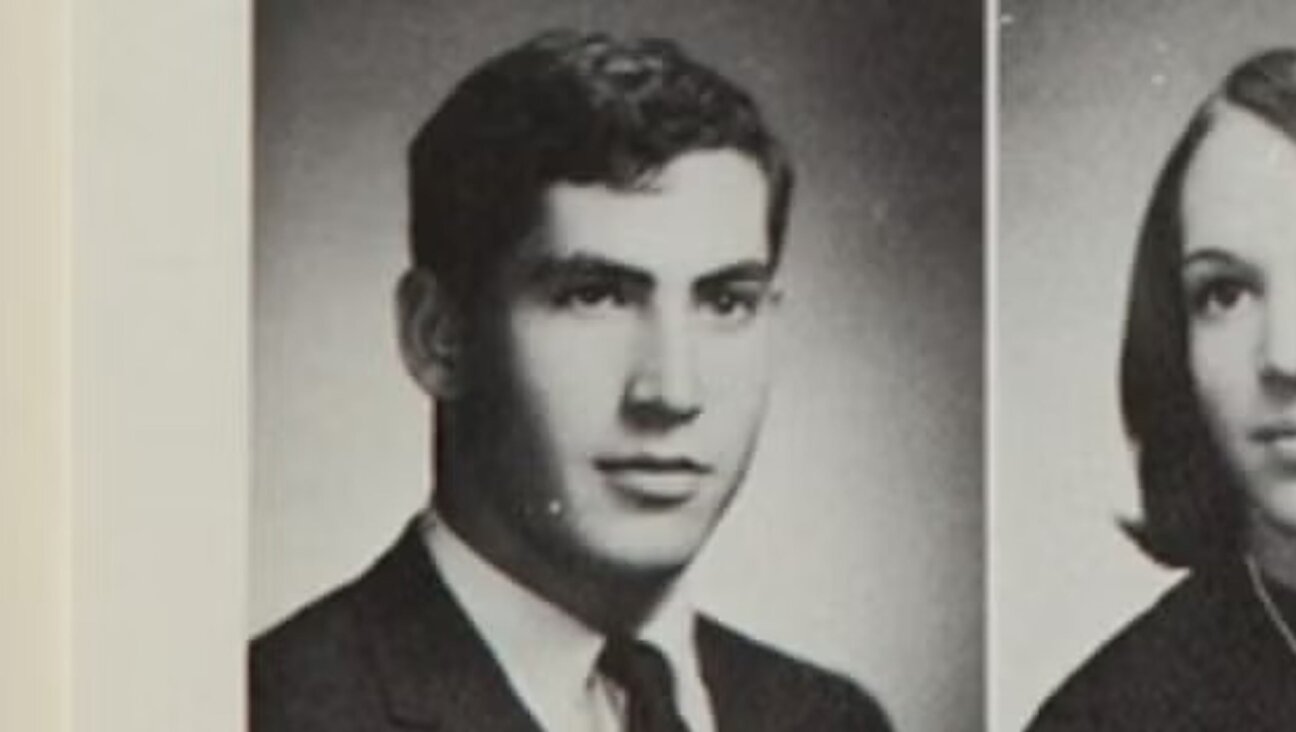Will we be excited to return to shul?

Graphic by Angelie Zaslavsky

Image by iStock
This may be one of the oldest Jewish jokes out there.
A Jewish man is shipwrecked on a desert island. Working with available supplies he makes a whole community, including a shul. Eventually he is rescued by a passing ship. Before they leave, one of the sailors says, “Hey! Why’d you build two synagogues?”
The man rolls his eyes. “This one is my shul, the other is the one I don’t go to.” Jews in America have always had a confusing relationship with shul. Everyone wants to belong, though not everyone wants to attend. In my 20 plus years as a Chabad rabbi, I have watched this interesting phenomenon play out.
Over the years, people will inevitably tell me, things like, “I belong to Temple X, and I pay my dues religiously (pun intended), but I don’t like my temple.”
Of course there are exceptions; some people inherently like shul, and always go, but they are in the minority and usually fit within a certain elderly age bracket.
When I ask them why they maintain their membership, the responses range from, “I don’t know,” to “my grandfather dedicated the sanctuary.” The theme is always a connection to the edifice, family, friends, or the rabbi and the need to maintain that continuity of connection.
Along came corona & suddenly we have a new awareness of how much we can tolerate.
We’ve learned to tolerate having our children at home for days and weeks and months on end. We’ve learned to tolerate staying indoors and social distancing, even though many of us are super-social people who need human connection and interaction. We have made a grudging peace with educating our children on computers rather than in-person classes.
However, one of the victims of this newfound tolerance, I fear, is the connection to the in-person shul experience. There’s a meme floating around the internet about this problem. In it, someone asks who wants synagogues to reopen; everyone raises their hands. In the next frame, they’re asked who will come to minyan; no one volunteers.
As people get more comfortable with not going to shul in person, I start to wonder if we’ll ever be back, even post-corona, with a safe vaccine.
It is almost as if we have gotten used to this new, shul-free life and we are OK with it. Sure, there are the outliers that are begging us to re-open, but the vast majority of people seem to like things the way they are.
Why do we need shul?
The shul has always been the center of Jewish life, after the home. It was the place where people socialized, connected, networked and, of course, prayed. These components are all true, and remain true, but in fairness, with advent of technology and other social venues, much of this can be accomplished without shul. So what is the shul?
It is the hallowed ground where we are stripped of all the outside worldly trappings, and we get to become one with Hashem. Can we do that at home, alone? Kind of, but not in the traditional sense, and certainly not without the spiritual infusion accomplished by a minyan in a shul.
Outside of the shul, we have titles and statuses. Our wealth, physique, political positions, sports affiliations, children’s successes etc. have social value and we care about them. Basically, the only place where we are all on the same page (pun intended) is in the shul.
In the shul we can leave the noise and static of life and allow our souls to be free. To put down our pressures of life, the bills, the health matters, the family problems that we have to grapple with and just let go and let G-d.
If ever there was a time that was important, it is now. We are confronting a new normal that struggles to include G-d. We need G-d more than He needs us. Sure, “A king without a crown” is not much of a king, but a Jew without a G-d is a boat without a rudder. We can run and run , but we have no direction. The shul is our true home. It is our sanctuary, both physical and spiritual. It is our therapist’s office and our retreat. It is our “safe space” and our refuge. It is our shelter and our protection. It is our connection and our answer.
To steal an analogy from my colleague, Rabbi Levi Wolf, Rabbi of the Central Synagogue in Australia, let me tell you about the Mona Lisa.
In 1911, the Louvre Museum in Paris fell victim to one of the world’s all-time great art heists when Leonardo Da Vinci’s “Mona Lisa” was stolen. It remained missing for two years and in that time, more people went to stare at the blank space where it had previously resided than had viewed the masterpiece in the previous twelve years!
This is our “Mona Lisa moment.” Are we going to miss what we had? Are we going to realize what we have been missing? Or are we going to become comfortable with an empty space where the priceless painting once was? I am optimistic that we will not only return to shul, but we will connect in a much deeper way than ever before.
Certainly all safety considerations must be adhered to. However as shuls start to slowly open, I encourage everyone to seize the moment. Be the first to see G-d in a whole new light.
Be the curators of the Louvre who were able to celebrate the art that had been in front of them for years, but who needed it to disappear for a while in order to fully appreciate its glory.
Hello shul, it is so nice to be back. You look the same as before, only better.
Rabbi Nechemia Schusterman and his wife Raizel run the Chabad of Peabody jewish Center. Rabbi Schusterman is a proud father who enjoys many hobbies, including exercise skiiing and writing. Read more of his writings at RabbiSchusterman.com.





















